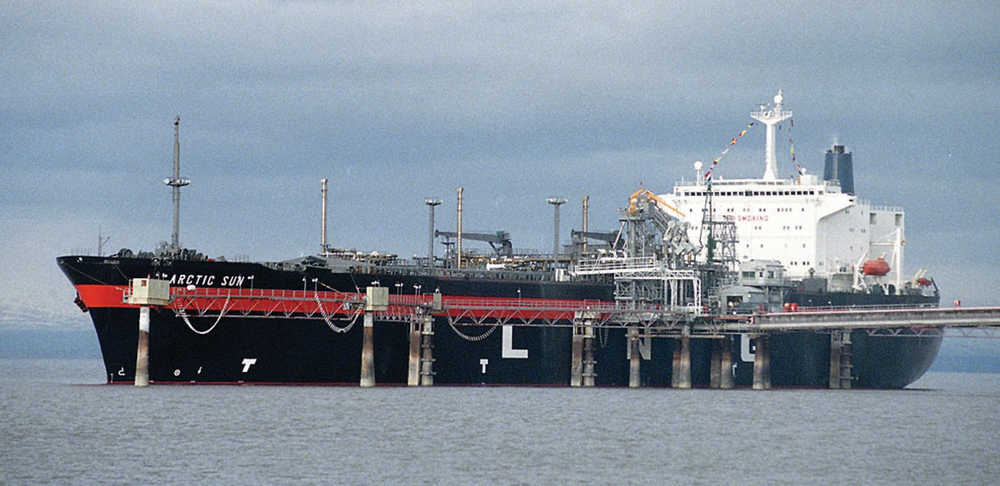ConocoPhillips is restarting its liquefied natural gas plant on the Kenai Peninsula and will resume shipments of LNG in May, the company announced Monday. Five shipments are planned this year, ConocoPhillips spokeswoman Amy Burnett said.
The announcement came as the U.S. Department of Energy issued its approval of exports, also on Monday. DOE authorized the shipment of 40 billion cubic feet of gas over two years.
“This is great news for the cradle of Alaska’s oil and gas industry on the Kenai Peninsula,” said Alaska U.S. Sen. Mark Begich, who worked with the DOE on the approval. “With plenty of gas available to meet local needs through at least 2018, we’re seeing the kind of job growth responsible oil and gas development can provide.”
The federal agency had agreed earlier that ConocoPhillips could export to nations that are in Free Trade Agreements with the U.S., such as South Korea. Exports to those nations are approved by DOE with a streamlined process.
The April 14 approval by DOE, however, extended that to countries who are not in free trade agreements, such as Japan. ConocoPhillips has mainly exported LNG to Japan in the past although there have been shipments to Korea.
Begich had pushed the DOE to process the ConocoPhillips application to ship to non-Free Trade Agreement countries outside the queue DOE has set up for non-FTA LNG export projects.
“DOE has approved only six applications from Lower 48 projects in that queue since 2012, and at least 24 applications remain in the queue,” Begich said in a statement.
Except for Alaska’s project, LNG export proposals seeking DOE approval are all Lower 48 plants. Those have sparked sharp controversy over the possibility that exports could result in higher domestic prices for natural gas, and opposition to exports from U.S. industries, such as chemical manufacturers, that benefit from low-cost gas used as feedstock.
Begich pressed the case for Alaska being treated differently
“I asked Acting Assistant Secretary for Fossil Energy, Chris Smith, to visit the plant last summer, and familiarize himself with our industry, our workforce and the unique situation of our country’s only LNG export plant with a safe track record spanning four decades,” Begich said. “That visit is paying dividends today.”
Burnett said the reopening will not result in any significant increase in employment at the LNG plant because most of its employees were retained when the plant went into mothball status.
Exports were stopped in 2012 because of shortages of natural gas in Cook Inlet fields. The gas supply situation has now improved due to new drilling to the point that a surplus would be available for export during summer.
In winter, however, gas production will be reserved for local utilities.
Tim Bradner can be reached at tim.bradner@alaskajournal.com.

